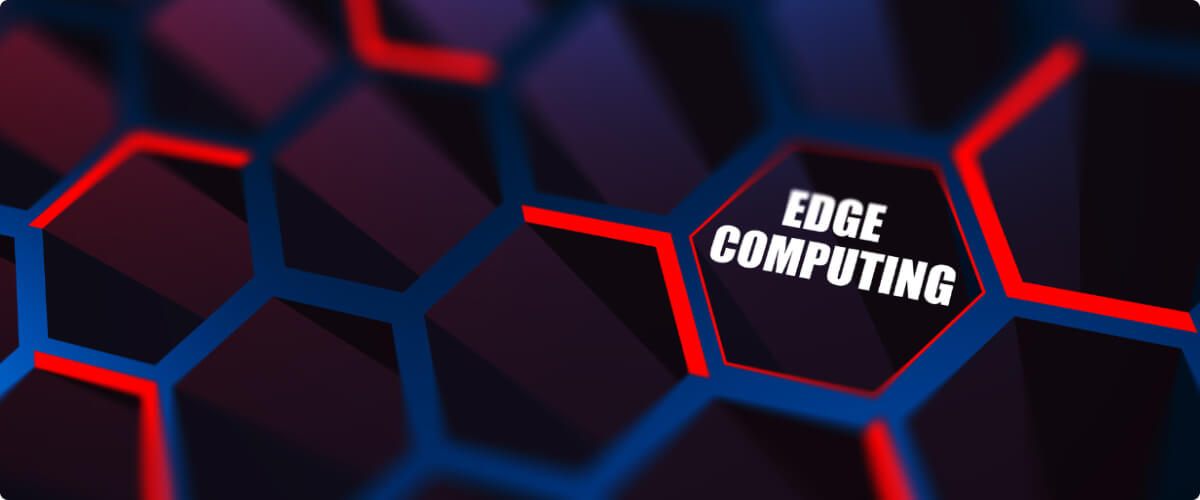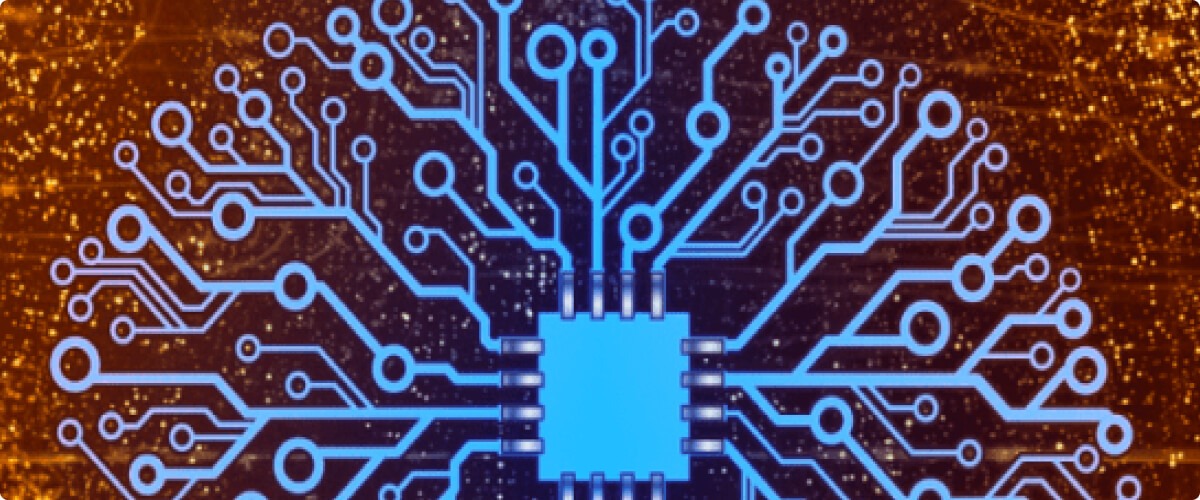Researching AI solutions? Recent technology breakthroughs have made edge AI a go-to method fro implementing computer vision. Need evidence? Market intelligence firm IDC has predicted that the number of edge AI processor shipments will soar to 1.5 billion in 2023, with a five-year annual growth rate of 65 percent. But what is edge AI exactly, and how do edge AI platforms work? Keep reading for all the answers.
What is Edge AI? What are Edge AI Platforms?
To answer the question “What is edge AI?”, we first need to discuss the key concepts of IoT and edge computing:
- IoT (Internet of Things) is a massive network of interconnected devices that can communicate and exchange information via the Internet. These days, IoT systems can be found in everything from self-driving cars to the smart toaster in your kitchen that tells you today’s weather.
- Edge computing is the practice of performing computation closer to the “edge” of the IoT network. Rather than uploading data to a remote server in the cloud for processing, edge computing seeks to do as much of this processing locally as possible, helping to reduce latency and cut costs.
Edge AI is therefore the combination of edge computing and artificial intelligence: running AI algorithms on a local hardware device, without having to exchange data with remote servers.
One good example of an edge AI system is Apple’s iPhone facial recognition technology, which uses a model of the owner’s face to automatically unlock the device. According to Apple, this model remains on the iPhone at all times, and is never sent to the cloud. By restricting the computation to the user’s device, facial recognition can continue to work even when the phone has no signal. Note that Chooch AI has a facial authentication solution.
An edge AI platform is a starter kit for rapidly prototyping and building systems that make use of edge AI. These platforms are generally purchased from third-party companies that have simplified the process of training, testing, deploying, and monitoring AI models. For example, the Chooch Edge AI inference engine can deploy up to 8 models and 8,000 classes on a single edge ai device.
What Are the Benefits of Edge AI Platforms?
Without an edge AI platform, businesses would have to build everything from scratch—from the hardware itself to the AI algorithms that run on that hardware. Using an edge AI platform lets you get up and running much more quickly, innovating and iterating at the bleeding edge.
Edge AI platforms also offer a great deal of stability and dependability. By choosing a solid, reliable third-party provider of edge AI platforms, organizations can outsource concerns such as support and maintenance, focusing on the applications of edge AI rather than the technical details of implementing it.
Thanks to their popularity, Edge AI platforms have been used across many different fields and industries, including:
- Healthcare AI: Edge AI systems have been successfully applied to multiple use cases in healthcare. For example, large DICOM images from MRIs and CT scans can be analyzed on a local machine, rather than incurring the cost of sending data to the cloud.
- Safety & Security AI: When time is of the essence, running facial recognition and image recognition systems on the edge can make all the difference. Businesses can use edge AI to enforce health and safety regulations in the workplace (e.g. detecting the absence of hard hats on a construction site).
- Retail AI: Edge AI offers a wide range of possibilities for retail stores: analyzing customer behavioral patterns during the “buyer’s journey,” identifying products that need to be restocked, discovering recent purchasing trends, and much more.
The Essential Components of an Edge AI Platform
The essential components of a quality edge AI platform include:
- A camera or sensor used to collect data that will be used as input to the AI algorithm.
- A GPU (graphics processing unit) used for computation. GPUs are essential for modern AI thanks to their massive parallelism, which makes them dramatically faster than CPUs.
- An AI model that takes in data and provides computation instructions to the GPU.
- An analytics dashboard to help users understand the performance of their algorithm over time.
Conclusion
Edge AI platforms are powerful, robust solutions for bringing AI to a device near you, without having to offload processing to a remote cloud server. As we’ve discussed, edge AI can run in nearly any location, with hundreds of possible use cases to explore.
If you’re thinking about trying edge AI for yourself, check out Chooch’s Edge AI offerings, which can deliver results with more than 90 percent accuracy in just 0.2 seconds. We use industry-leading NVIDIA Jetson AI platforms that can easily integrate with your existing technical setup. What’s more, the Chooch AI dashboard makes it easy to get up and running, from training AI models to extracting valuable real-time insights. Get in touch with our team today for a chat about your business needs and objectives.




